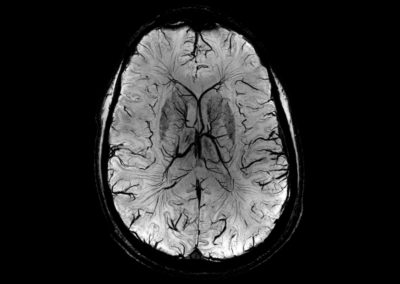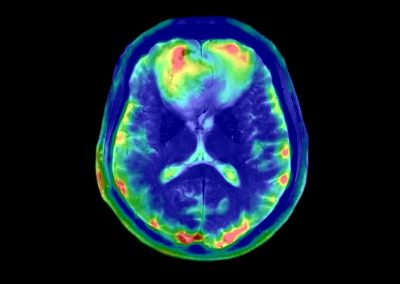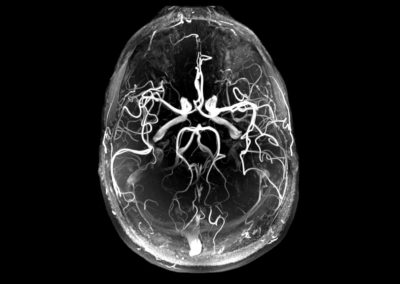
GUEST EXPERT
WITH A LITTLE HELP FROM OUR FRIENDS
CAMPUS BIOTECH WILL SEE MORE OF SIEMENS HEALTHINEERS IN 2022
SIEMENS HEALTHINEERS ON CAMPUS
Based on a setup which already proved to be very successful at the 7T sites in Bern (Sitem-insel) and Zurich (Balgristcampus), a local team of Siemens Healthineers will be located right at Campus Biotech.
Working in close collaboration with the CIBM researchers, neuroscientists and clinicians, these MR specialists will help us unlock the full potential of ultra-high field MRI on the Siemens Healthineers MAGNETOM Terra and further extend our capabilities. A strong collaboration with HUG is also foreseen in order to develop 7 Tesla MRI technology dedicated to clinical care.
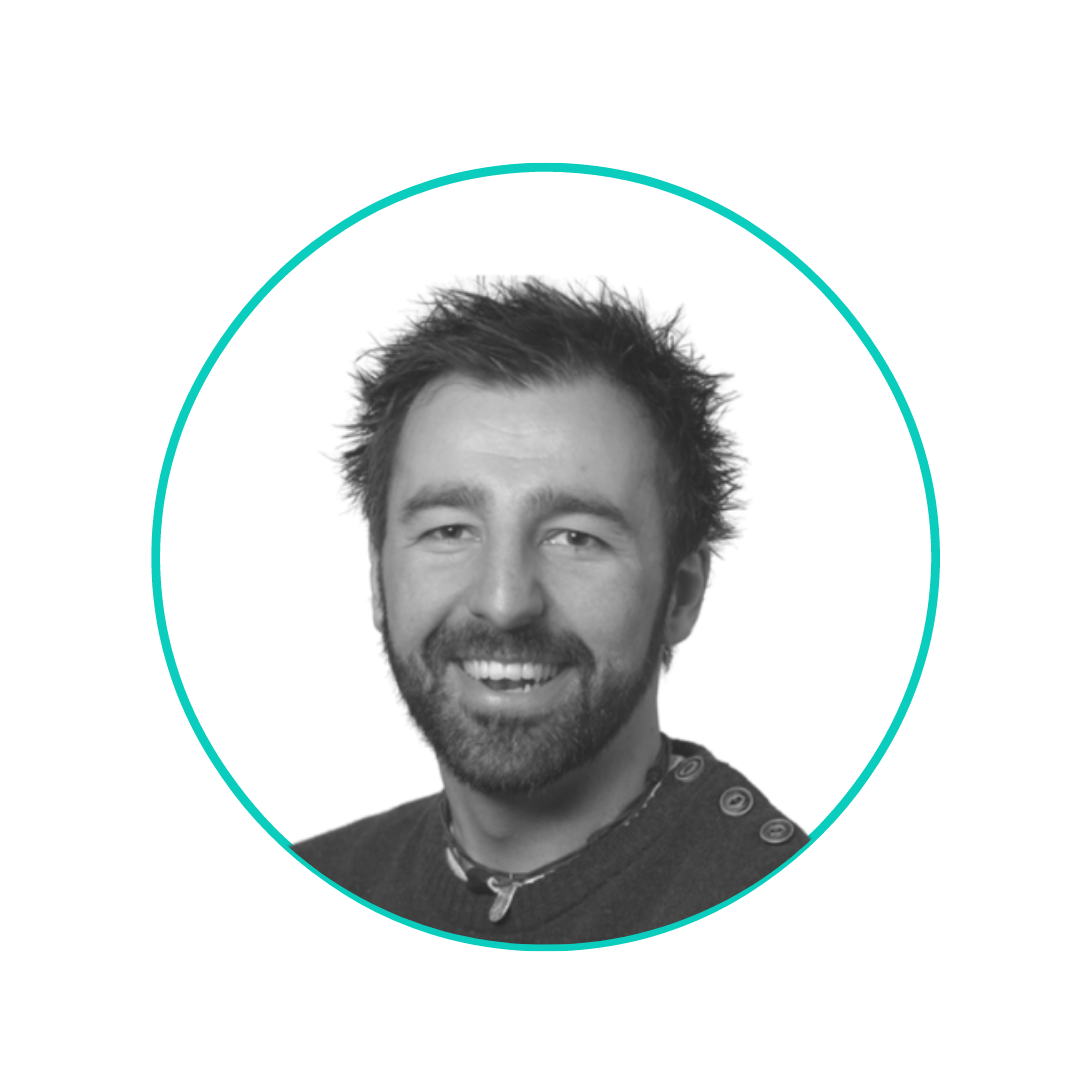
Tobias Kober, Director of the Innovation Hub Switzerland at Siemens Healthineers, shared with us his thoughts on this project, ultra-high-field MRI and the Healthineers community.
How will the presence of Siemens Healthineers benefit the whole Campus Biotech community – neuroscientists, researchers or clinicians?
I am truly excited about the setup we will have here. The Healthineers colleagues will be full-fledged MRI researchers – we call them “onsite scientists” – which will tie in perfectly in your environment to catalyse all the cutting-edge research you do at the Human Neuroscience Platform (HNP). As our two onsite scientist positions will be matched by two CIBM positions with a similar profile, we will have a critical mass of know-how here to foster your neuroscientific research, but also to drive methodological developments which are crucial to always be at the scientific front line as well as translate methods into the clinics. We will be able to do so many innovative and cool things here!
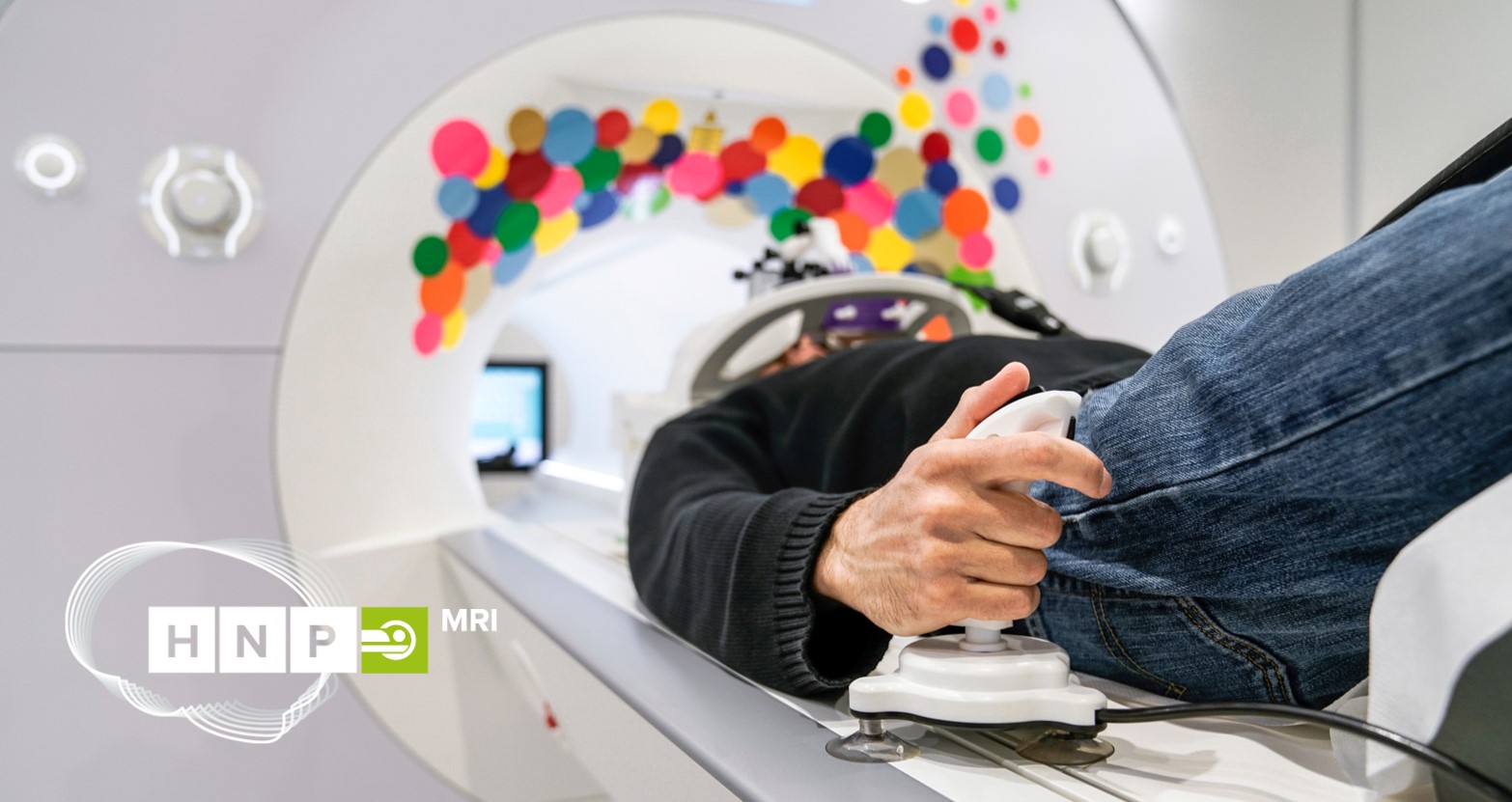
The big advantage of having people on the Siemens payroll next to the scanner is that they have privileged access to internal information and resources – from the core group in Lausanne, in exchange with the onsite scientists based in Bern and Zurich, but also very importantly from the headquarters in Germany. From our experience, this helps a great deal if you want to solve both research and engineering problems. And as our Swiss MRI Innovation hub has more than a decade of experience with these kind of setups, we will be able to jump-start the activities at Campus Biotech right after the scanner installation.
How strong is the Siemens Healthineers network and community worldwide and in Switzerland?
One thing I love about MRI in general and my job in particular is that there is a strong collaborative spirit, very often across the boundaries of different University and Clinical departments. This is especially true for the Siemens Healthineers MRI community. We have a huge collaboration network – I think it is the biggest in the world actually – which we support actively with resources, information and tools. We also provide platforms for exchange. For example, we have a very useful community board which was recently revamped, the “Magnetom
Community”. I was a heavy user of that when I was still young and cool, programming sequences at that time, drawing on experience of others there but also sharing my know-how. Another community tool which is dedicated to inter-partner exchange is the “c2p” platform, where developments can be shared between Siemens Healthineers customers (“c2p” actually meaning “customer-to-customer”). This is a great way of extending your scientific footprint and helping to advance the MR community at the same time, as the wheel does not have to be reinvented at several places in the world.
This collaborative spirit is especially strong between the 7T sites, something we are very happy about and continue to foster. There is a lot of interaction, user meetings and exchange of knowledge. With the installation of the Siemens Healthineers MAGNETOM Terra in Geneva, we will also have four Siemens 7T scanners in Switzerland – very impressive indeed! We will definitely leverage this remarkable “Alpine 7T Stronghold” as much as possible, too. I have a couple of ideas which I will discuss in the coming month with people from the HNP, the CIBM and the other Swiss Terra sites. It is an exciting opportunity to have that much knowledge in a relatively small country. This will surely benefit the activities at the Campus Biotech in the not too far future.
Which areas of MRI will benefit from the use of ultra-high-field MRI? How?
Ultra-high field comes with very obvious advantages based on the pure physics aspects: higher signal, which you can invest in higher resolution. You have strong susceptibility effects, which are sometimes a pain, but can also be used to do great phase-based imaging and this also boosts the BOLD contrast used for functional imaging. FMRI is actually a great example how the advantages of 7T can add up – higher signal plus stronger BOLD contrast in that case. Spectroscopy is a similar case. These are the obvious applications where the physics plays your hand, and they cover already quite a lot of MRI. This has driven a lot of the achievements in the last years – I still often marvel at these high-resolution anatomical images you can now get more or less routinely from a MAGNETOM Terra. The great challenge here is now to translate these methodological advancements to clinical applications, something we will also tackle at the Campus, leveraging the close connection to the HUG. But beyond that, there is a lot of unexplored territory in body regions beyond the brain and some dedicated joints like the knee, which people have looked at the most so far. Also, x-nuclei imaging has seen great progress the last years, allowing to directly measure metabolism, which really is cool. The list definitely does not stop here, but I pull myself together now and stop here!
Various examples of MR images acquired using a Siemens Healthineers MAGNETOM Terra system (Susceptibility Weighted Imaging, Sodium MRI, Structural MRI, Angiography). All credits to Siemens Healthineers, Erlangen, Germany
What are the challenges and perspectives of ultra-high-field MRI?
As mentioned above, the greatest challenge is further clinical adoption in my opinion. The Siemens Healthineers MAGNETOM Terra is the first 7T scanner with a clinical approval, and it is still new. So, we need more work on the clinical translation side, showing the advantages of the developed methods in a clinical setting. This requires close collaboration between radiologists, other involved clinicians, methods people as well as radiology techs – and the industry partners. This is why a setting like you have here is great, all of this comes together and allows to bring cutting edge developments to patients. There are also a bunch of technical challenges – you are susceptible to more artefacts at 7T for example; I would also mention motion correction here as a big one – because sometimes we cannot achieve the highest possible image quality because people just cannot hold perfectly still. But I put forward the clinical adoption, as I think we should think from the end and focus on the eventual benefit of the patient. And I’d like to see many more patients being scanned at ultra-high field to allow for better diagnosis and treatment monitoring; 7T will definitely play a role in the context of precision medicine to answer specific diagnostic questions where 1.5T and 3T MRI come to their limits.

Given the proximity to HUG, can we expect a fast translation of newly developed tools to the clinic?
Yes! I think there is a lot of potential in the Campus Biotech setup, which I find very exciting. There are a couple of things to be considered in that context, and most of them are more organisational and – let’s maybe call them “cultural” – considerations. To explain the latter: I think it is important that researchers working on a question which could be clinically useful are proactively looking for a clinical link. It is important to also bring clinical people aboard, either from the start of the scientific project, or at a later stage. And not to forget: we speak in slightly different tongues, adapting to a clinician’s way of thinking can be crucial in order to create excitement for an idea. The organisational structure can further facilitate these interactions, I think it is important to already engrain this culture on a very basal level.
What excites me so much about the Campus Biotech 7T project is that I think there are plenty of bright and open-minded people on both the research and clinical site, and the clinical colleagues are directly involved. So, all the boxes are checked, and I am sure that we will see great translational projects starting very soon after the installation of the scanner!
A 7 TESLA SIEMENS HEALTHINEERS MAGNETOM TERRA ON CAMPUS IN 2022
It is now official. The Human Neuroscience Platform (HNP) at Campus Biotech will acquire an Ultra-High-Field (UHF) 7 Tesla MRI scanner in summer 2022. The new Siemens Healthineers MAGNETOM Terra system will complement the already existing 3T Prisma MRI scanner of the HNP MRI facility.
This ambitious project is the result of an exciting collaboration between the CIBM Center for Biomedical Imaging, the Geneva University Hospitals (HUG), the University of Geneva (UNIGE), the Ecole Polytechnique Fédérale de Lausanne (EPFL) and the Fondation Campus Biotech Geneva (FCBG).


